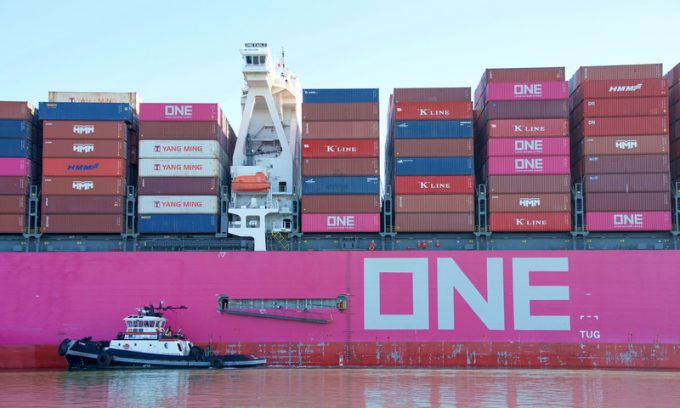New warning to shipping as Houthis confirm missing Eternity C crew are safe
Just months after what appeared to be a gradual de-escalation of threats to shipping in ...

Container lines – trying to weather demand downturns in traditional or high-volume markets – are pouring more tonnage into Indian trades, as the emerging economy is forecast to grow faster than its larger counterparts, notably China.
India-US trade seems to be a big bet in the ...

Comment on this article